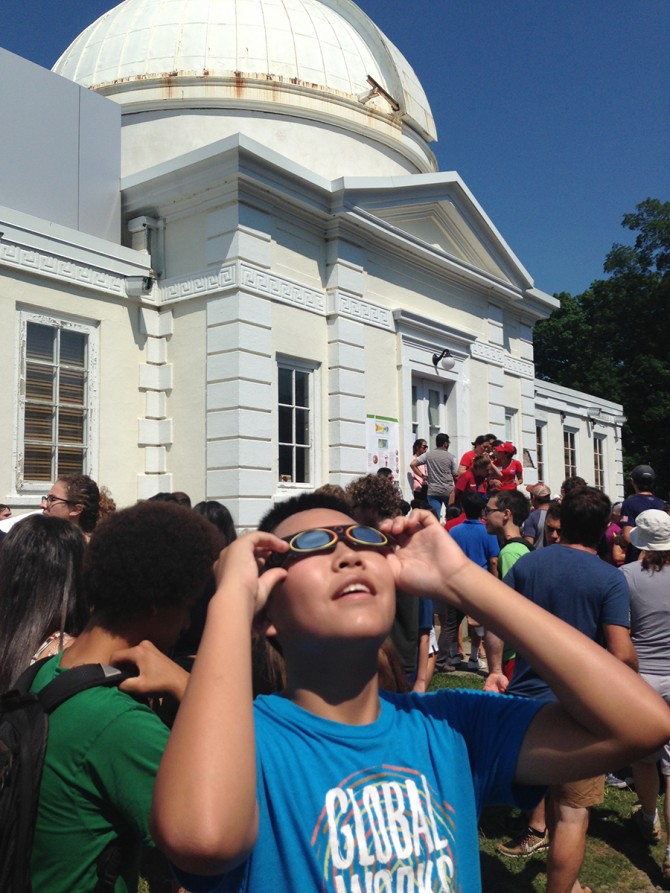What did birds and insects do during the 2017 solar eclipse?
In August 2017, millions peered through protective eyewear at the first total solar eclipse visible in the continental United States in nearly 40 years. During the event, researchers from the Cornell Lab of Ornithology and the University of Oxford, England, watched radar to observe the behavior of birds and insects. Their findings were published Nov. 13 in Biology Letters.
Using data from 143 weather radar sites in the continental U.S. – eight of which covered areas of eclipse totality – researchers could “see” the behavior of wildlife during the eclipse, which produced conditions similar to sunset.
“It’s not so easy to observe what wildlife are doing during an eclipse. It’s dark,” said Cecilia Nilsson, lead author and an Edward W. Rose Postdoctoral Fellow at the Cornell Lab. “But using radar data we could actually monitor behavior on a very large scale. Overall, we saw a decrease in normal daytime activity.”
Nilsson and her team looked at wildlife behavior in the air on radar two days before and after the eclipse and compared this activity with behavior observed during the eclipse. They found that although typical daytime activity in the air decreased – behavior such as foraging for food – typical nighttime activity, such as high-flying migration, did not increase.
This result was surprising. Instead of triggering night-time behavior, the sunset-like sky produced by the eclipse stifled activity. But Nilsson noted that insect and bird behavior during the increasing darkness could have been due to a general sense of confusion.
“They might be interpreting the eclipse as a storm. That could be the closest analogy to them,” said Nilsson. “It’s getting darker, it’s getting colder, similar to a big thunderstorm on the way in.”
At the eight sites within the path of totality, where there was complete darkness for a few minutes, something interesting occurred. “At some of these sites we saw a sudden burst of activity during the moments of totality. This could be insects or birds flushing into the air as a reaction to the sudden darkness,” says Nilsson.
The August 2017 eclipse provided a unique opportunity to study behavior patterns. Many bird species were in the beginning stages of their fall migration, and recent developments in computing power, big-data processing and machine learning set the stage for a much-needed continental-scale analysis, Nilsson said.
The next solar eclipse over the continental U.S. is April 8, 2024, and Nilsson is looking forward to once again inspecting eclipse behavior among birds and insects.
“It could be really interesting to compare autumn activity to spring,” she said. “Hopefully we can get more information about what happens at sites in the path of totality.”
Media Contact
Get Cornell news delivered right to your inbox.
Subscribe

